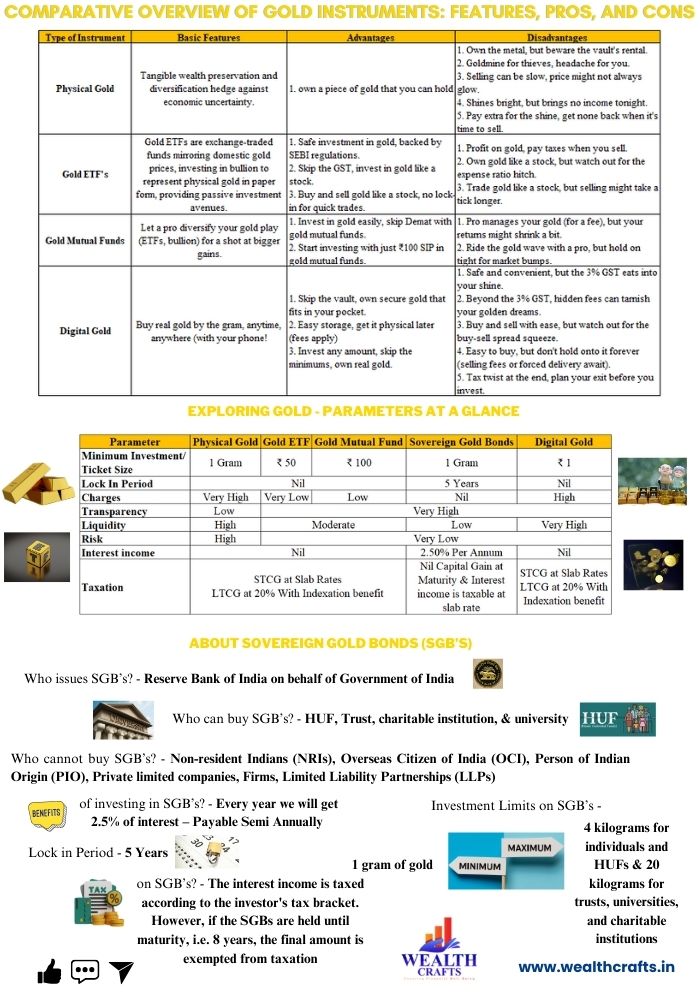Old vs New Tax Regime Which is Better, confused between them? The Union Budget of 2020 presented by the Finance Minister brought in a radical change by presenting two tax rates and slabs applicable from the financial year 2020-21. The union budget also empowers the citizens to choose the one which is most beneficial for them. Employers have now started asking individuals their preferred tax regime so that they can calculate their tax liability.
It is mandatory to choose now, as there is no option to change this at the time of filing your returns for the current financial year. It pays to have clarity and make the right choice. Let us look at both of them (for tax payers aged below 60 years) and then see what changes they bring forth;
Old vs New Tax Regime Which is Better
| Tax Slabs (OLD) | Tax Rates | |
| Upto ₹ 2,50,000 | Nil | |
| ₹ 2,50,000 – ₹ 5,00,000 | 5% | |
| ₹ 5,00,000 – ₹ 10,00,000 | 20% | |
| ₹ 10,00,000 & above | 30% |
| Tax Slabs (New) | Tax Rates | |
| Upto ₹ 2,50,000 | Nil | |
| ₹ 2,50,000 – ₹ 5,00,000 | 5% | |
| ₹ 5,00,000 – ₹ 7,50,000 | 10% | |
| ₹ 7,50,000 – ₹ 10,00,000 | 15% | |
| ₹ 10,00,000 – ₹ 12,50,000 | 20% | |
| ₹ 12,50,000 – ₹ 15,00,000 | 25% | |
| ₹ 15,00,000 & Above | 30% |
The new tax slabs have caused significant confusion in the minds of the lay tax payer and adds an additional layer of number crunching. The numerous taxes and exemptions under different sections have kept the lay taxpayer dependent on the tax consultants to do their tax calculations. The new rules have made tax payers anxious and many are keen to know which regime works best for them.
India follows a progressive tax regime with income tax rates increasing with rise in income. This remains the same under both regimes. What also doesn’t change is the rebate of ₹ 12,500 under section 87A for taxable income up to ₹ 5 lakh. The major change under the new tax regime is the rule to forego tax exemptions. Individuals opting for the new tax regime will have to forego most of the tax exemptions like;
- Deductions under Section 80C of up to ₹ 1.5 lakh which includes popular savings instruments like PPF, ELSS, life insurance premiums etc.
- Standard deduction of ₹ 50,000 for salaried employees.
- House rent allowance
- Housing loan interest under section 24
- Medical Insurance premium of up to ₹ 25,000 on self & ₹ 50,000 for parents.
- Savings bank interest of up to ₹ 10,000 under sec 80TTA
- Interest Income for senior citizens of up to ₹ 50,000 under section 80TTB
While the above list is not exhaustive, the salaried tax payer gets the option to choose his preferred regime every year. This option is not available for the business owner or self-employed. There have been no changes to the surcharge on the incomes, with 10% on income above 50 lakh, 15% on income between 1 cr and 5 cr and 37% for income above 5 cr.
Biggest advantage of the new regime
The biggest advantage is the reduced compliance requirements. With no deductions, the tax payer doesn’t have to remember complex laws and the sections. He also gets the flexibility of customizing his choice of investments. During times of need, he gets access to liquidity by not tying up his investments into lock in products. It is beneficial for those who were not fully utilizing the deductions provided under the older regime.
Advantage of Old Regime
The old tax regime encourages and rewards the culture of savings and investments towards long term goals. It enforced a behavior of planning for the future through investments under Sec 80C and various popular instruments. This regime has helped India maintain a high savings rate compared to the other western economies.
Examples New Regime vs Old Regime
Few examples can help tax payers clear the confusion caused by the introduction of the new regime and help them choose wisely.
If you prefer consumption or have high mandatory expenses, the new tax regime helps you save taxes. It is also beneficial for investors who do not prefer the instruments illustrated for tax deductions and provides them the flexibility to invest in their preferred instruments. The new tax regime proves beneficial for the business community who prefer to invest in their business rather than have their money locked in for a number of years.
For a salaried employee, with an annual income of ₹ 9,00,000 claiming a standard deduction of ₹ 50,000 and deduction under sec 80C, the tax liability under the new regime would be ₹ 62,400 compared to ₹ 54,600, a savings of ₹ 7,800. This savings increases considerably if the tax payer claims deduction for interest on housing loan, premium paid for medical insurance for self, family and parents, and house rent allowance. It is observed that those individuals who fully utilize the available deductions are better off by continuing under the old tax regime.
Still confused, book a free consultation call with our Fee Only Financial Planner for a detailed analyses of your incomes and arrive at the best option suitable for you.




